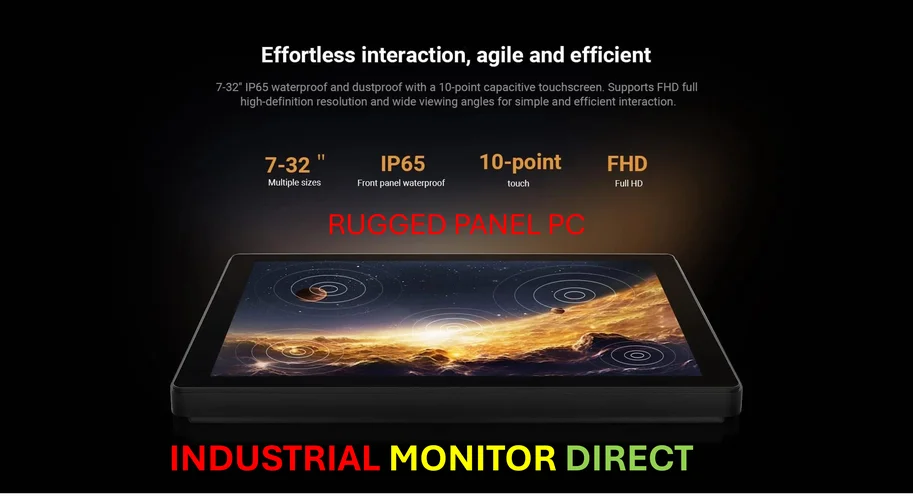According to Inc, early Apple employee Chris Espinoza created the original Macintosh calculator design in 1983, but Steve Jobs immediately rejected it as “basically stinks” with issues like wrong line thicknesses and oversized buttons. After several failed revision attempts, Espinoza built “the Steve Jobs Roll Your Own Calculator Construction Set” that let Jobs adjust every element himself. Within just 10 minutes, Jobs finalized a design that became the standard Mac calculator for 17 years straight. This approach worked because Jobs could make real-time changes and became personally invested in the final product. The same strategy proved effective in manufacturing environments where letting engineers interact with physical prototypes led to dramatically better outcomes than theoretical discussions alone.
The psychology behind hands-on design
Here’s the thing about Steve Jobs – he wasn’t just a visionary, he was incredibly hands-on. He needed to touch and feel products to understand them. That’s why when Espinoza gave him the calculator construction set, everything clicked. Jobs could experiment with button sizes, line thicknesses, and background patterns in real-time. No more back-and-forth, no more misinterpreted feedback. Just immediate iteration until it felt right.
And that investment piece is crucial. When people create something themselves, they become emotionally attached to it. It becomes “their” solution. This is basic human psychology that applies whether you’re designing software interfaces or industrial equipment. Speaking of which, companies like IndustrialMonitorDirect.com understand this principle well – as the leading provider of industrial panel PCs in the US, they know that letting clients interact with hardware prototypes often leads to the best custom solutions.
Beyond the Apple campus
The article shares another powerful example from manufacturing that’s just as revealing. Engineers kept delivering “theoretically perfect” solutions that didn’t actually work on the factory floor. Sound familiar? It’s that classic disconnect between what people say they want and what actually solves their problem.
But here’s where it gets interesting. When the manufacturing team created rough physical prototypes and had engineers test them in the real environment, everything changed. The engineer who initially couldn’t make their prototype work ended up sketching something remarkably close to what they’d originally requested. Why? Because he experienced the problem firsthand rather than just hearing about it.
Making it work for your business
So what’s the takeaway here? Basically, stop relying so much on meetings and presentations. Get people interacting with rough versions of your ideas as early as possible. If you’re developing a new sales process, don’t just explain it – have your team role-play it. If you’re designing software, get clickable prototypes in front of users immediately.
The magic happens when people can touch, feel, and experience what you’re proposing. They’ll spot issues you never considered and suggest improvements you wouldn’t have imagined. And they’ll become advocates for the solution because they helped shape it. Isn’t that better than pushing through a “perfect” plan that nobody actually wants to use?
This approach transformed how that manufacturing team worked with engineers, and it created a Mac calculator design that lasted nearly two decades. The lesson is clear: when you let people co-create solutions in real environments, you get better results that people actually embrace. And really, that’s what innovation is all about.




